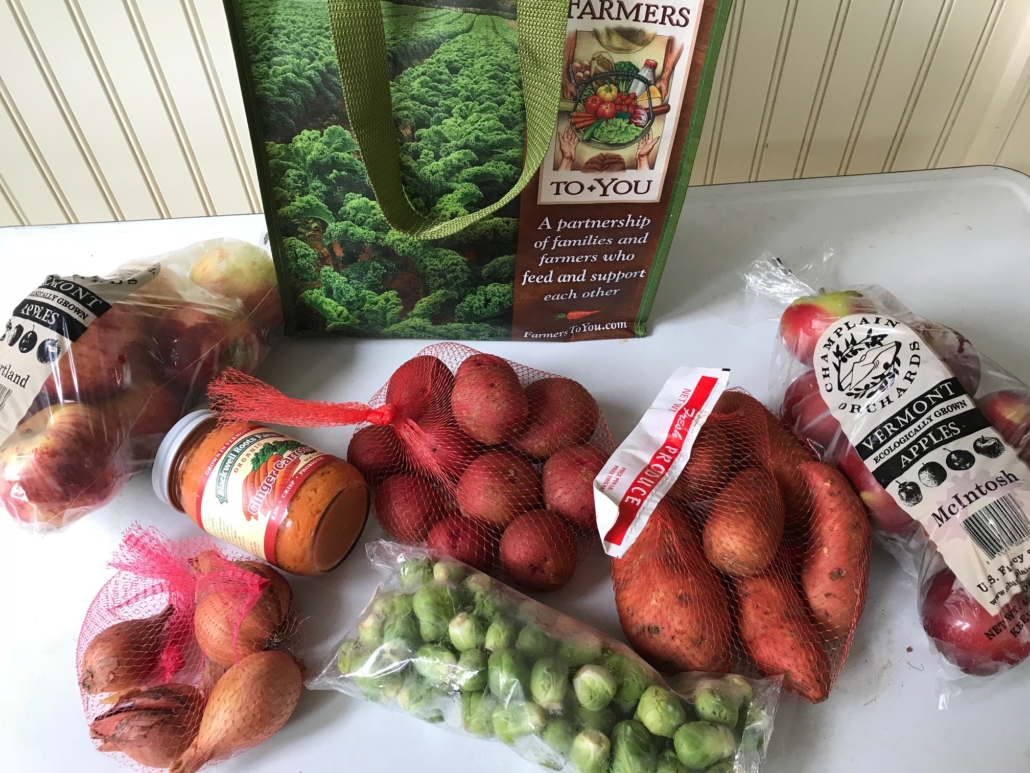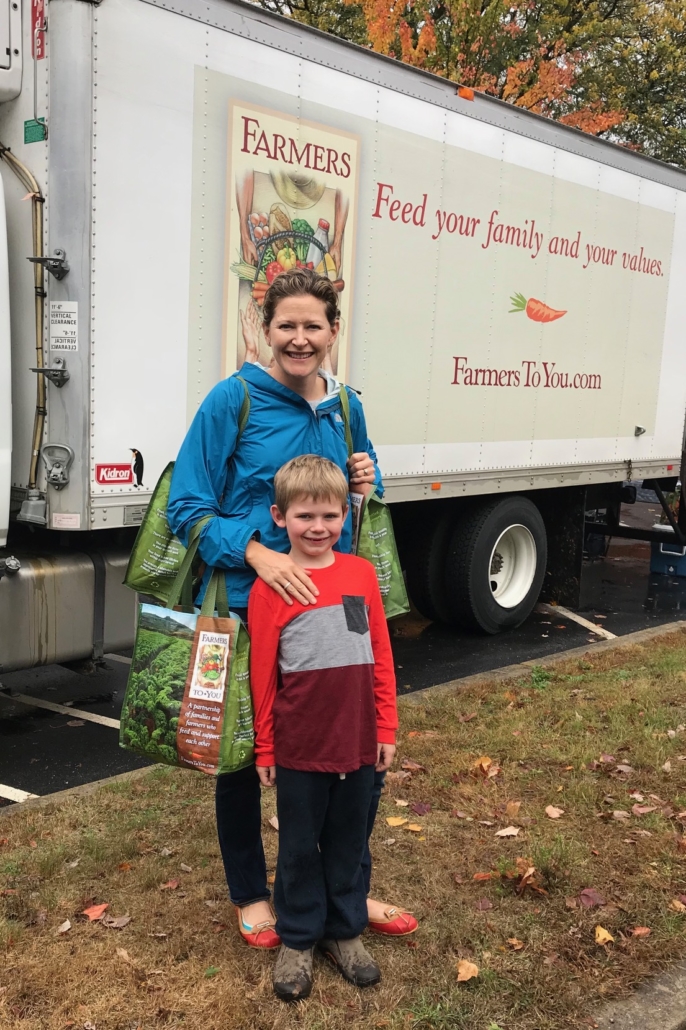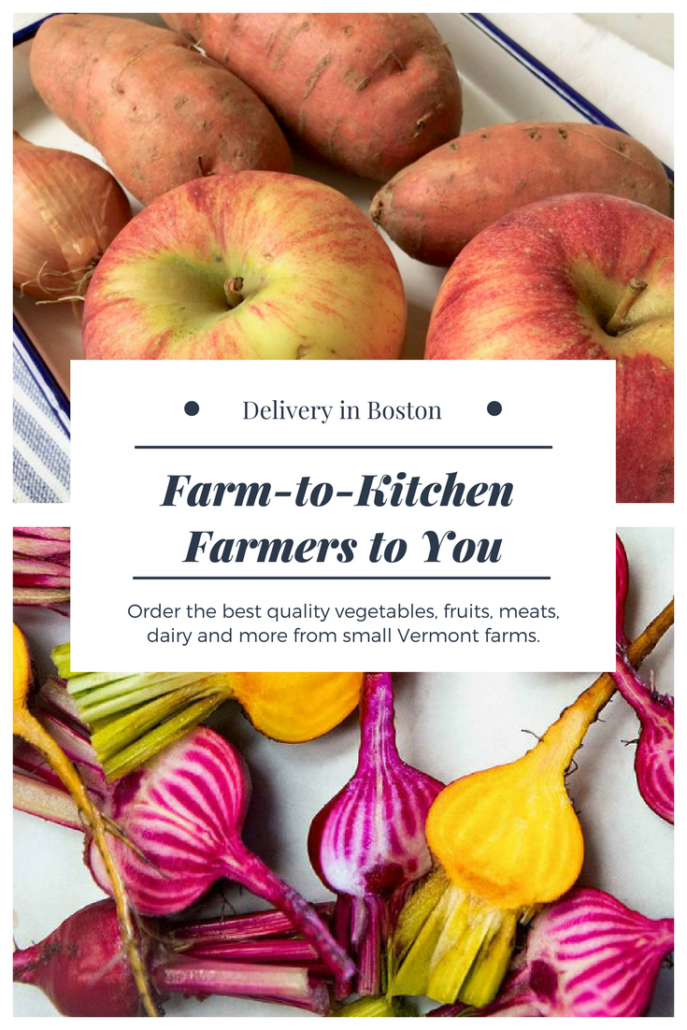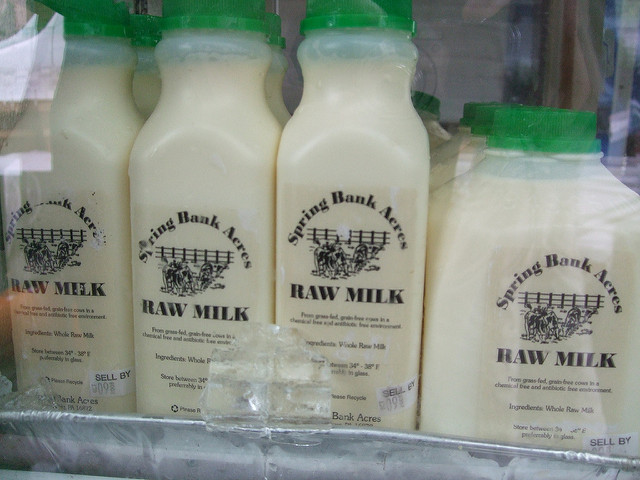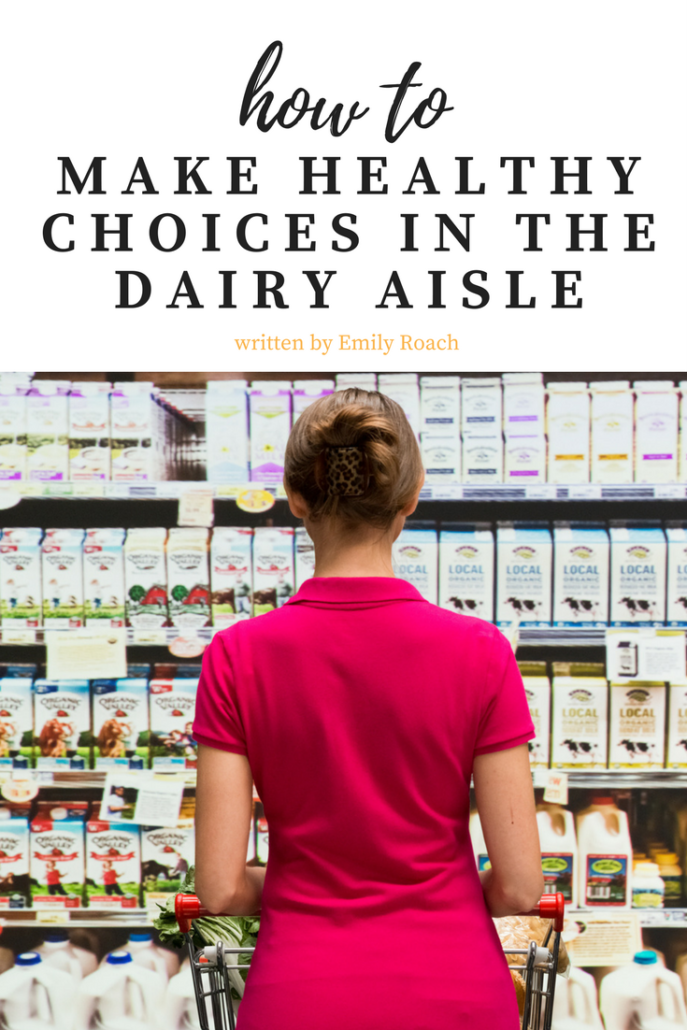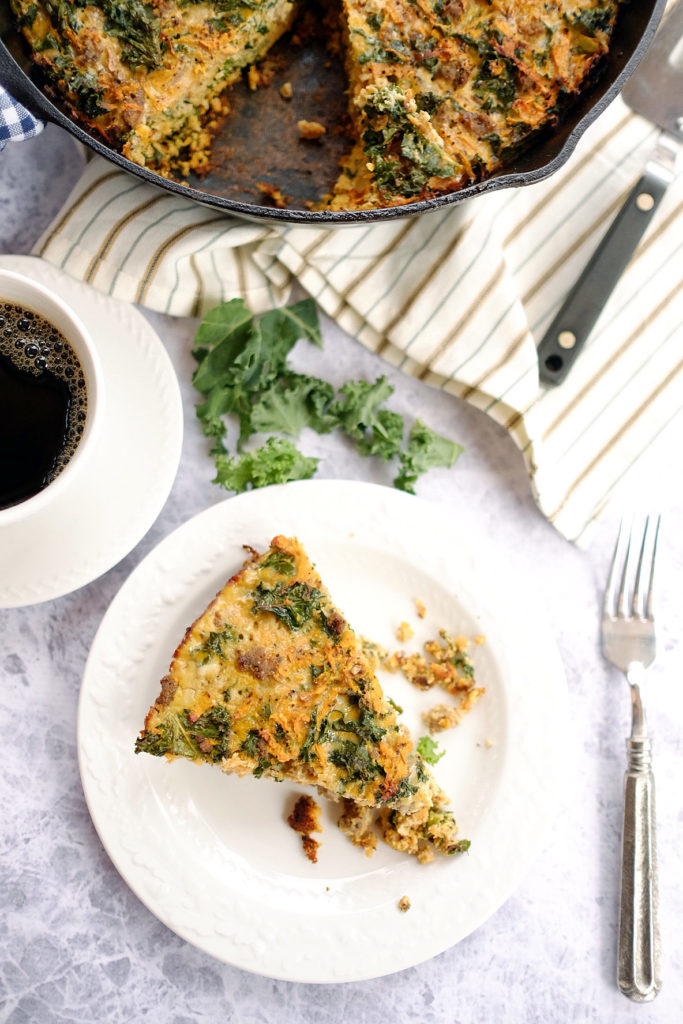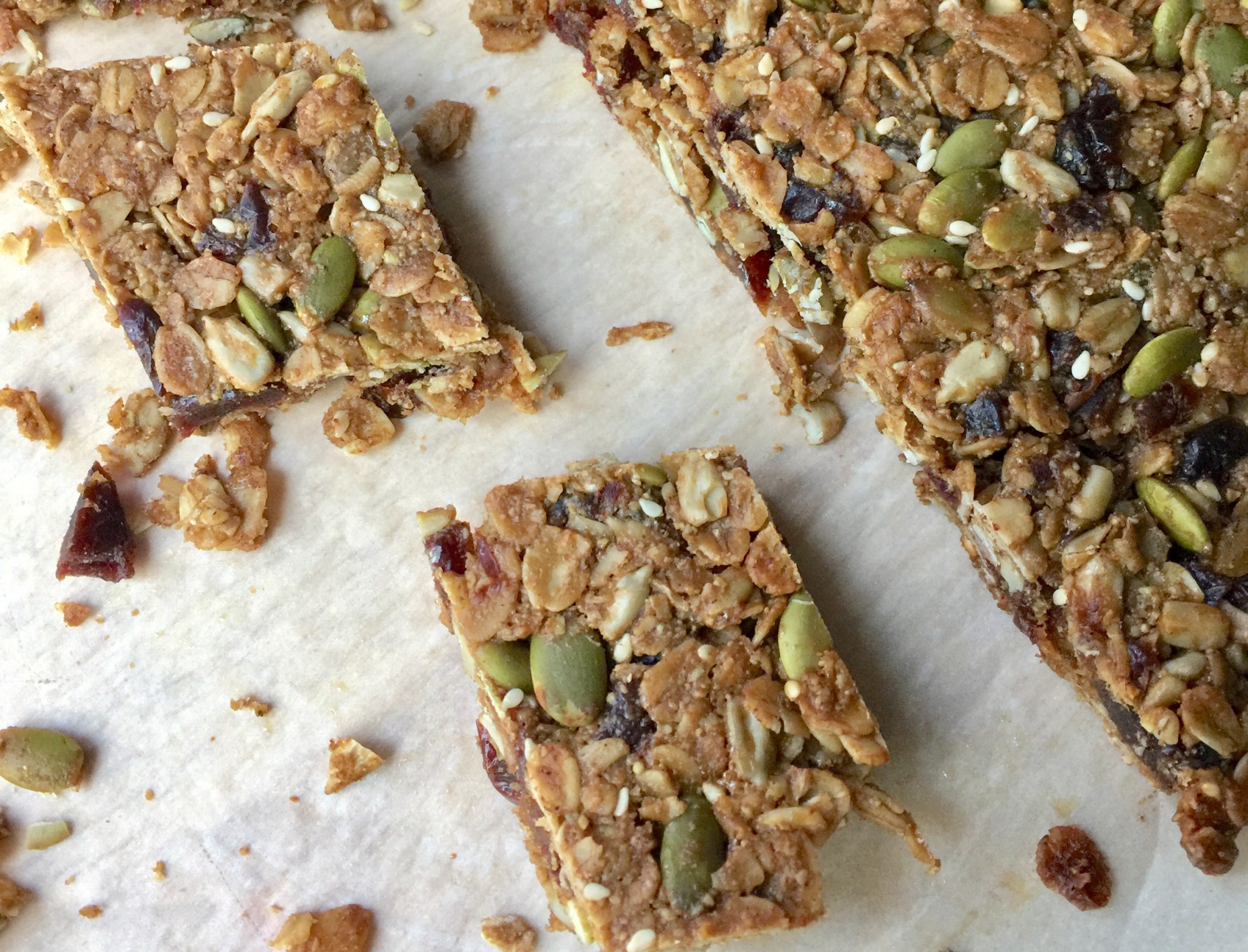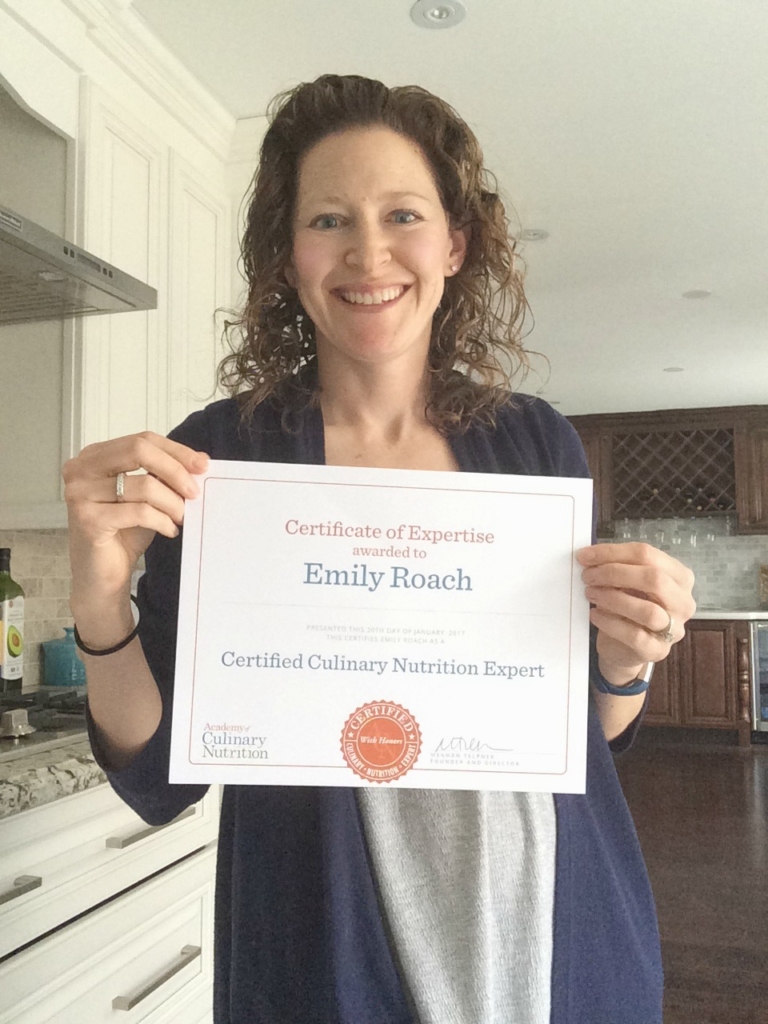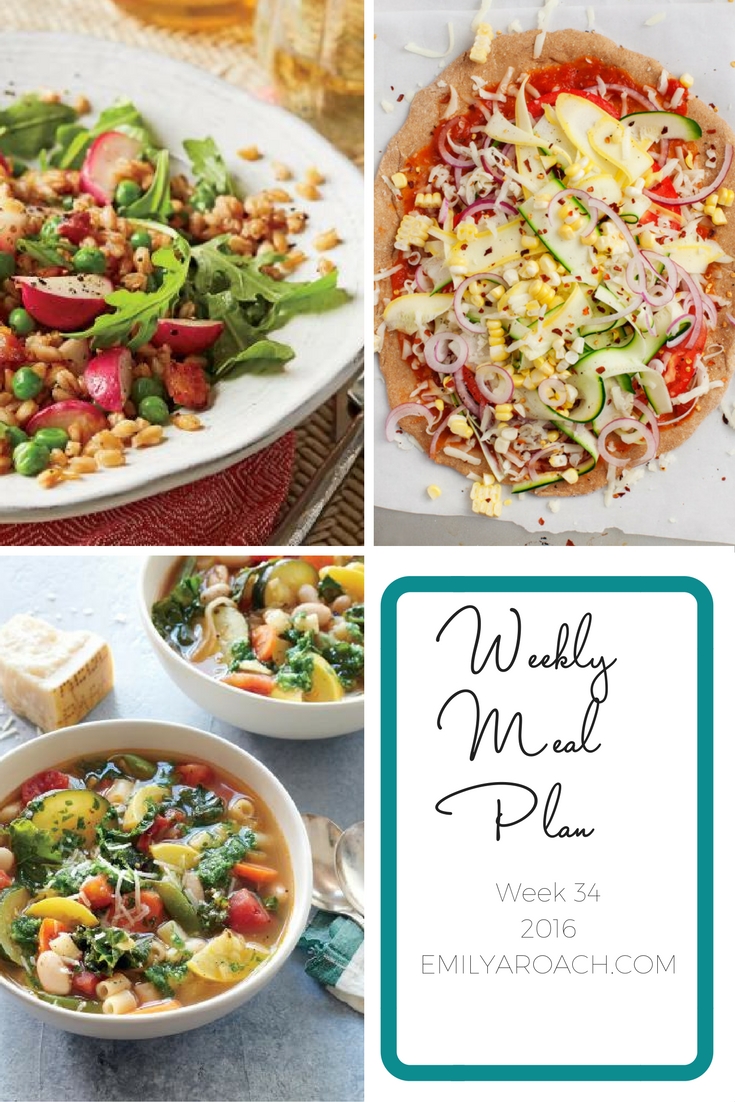DON’T BE SURPRISED WHEN YOUR KIDS ASK FOR SECONDS OF THIS DELICIOUS BROCCOLI PESTO RECIPE!
Pesto is one of my favorite condiments, especially in the spring in summer when fresh basil is available. We just started our basil in the garden and I can’t wait till we can make this broccoli pesto recipe with homegrown herbs. Till then, I’ll be making this pesto on repeat with local broccoli from farmers markets and fresh basil wherever I can find it!
Broccoli pesto is surprising easy to sub in for most pesto recipes. What’s special about this one is that it’s nut-free, which works for so many allergy families. I can serve this and not worry if a visiting friend has a tree nut/peanut/sesame allergy. There is no lack of flavor, even without nuts. Pesto without nuts is also A LOT cheaper as pine nuts are crazy expensive lately.
I am using a grated romano cheese in this recipe. Although I generally eat dairy free, I find a little goat or sheep’s milk cheese is fine for my system. Did you know goat and sheep’s milk is easier to digest than cow’s milk?
BACK TO THE STAR OF THIS RECIPE: BROCCOLI. WHY IS IT SO GOOD FOR US IN BROCCOLI PESTO?
- Super rich in Vitamin C and Vitamin K.
- High in sulforaphane. This helps clear out excess hormones in our bodies, especially xenoestrogens that cause cancer.
- Rich in fiber, which helps reduce cholesterol and helps digestion
- Contains Omega 3’s…about the same as a flax oil capsule.
- Contains kaempferol, which has the ability to lessen the impact of allergy-related substances (by lowering the immune system’s production of IgE-antibodies). By lessening the impact of allergy-related substances, the kaempferol in broccoli can help lower our risk of chronic inflammation.(source 1)
Okay, moving on to other important things. How to use pesto, besides on bread? This has been my challenge as bread and I are generally not friends lately. The rest of my family swears this broccoli pesto went well with some fresh bakery bread. Another family tested it out and shared the same sentiment…even from a broccoli hater!!

Here’s some other ways to pair pesto in your meal planning:
- Add to scrambed eggs
- Top grilled chicken
- Add to a vegetable minestrone soup
- Use as a condiment in a sandwich instead of mayo or mustard
- Pair with rice crackers, or the Almond Flour crackers from Simple Mills (LOVE them!)
- Top an heirloom tomato with pesto for a quick snack
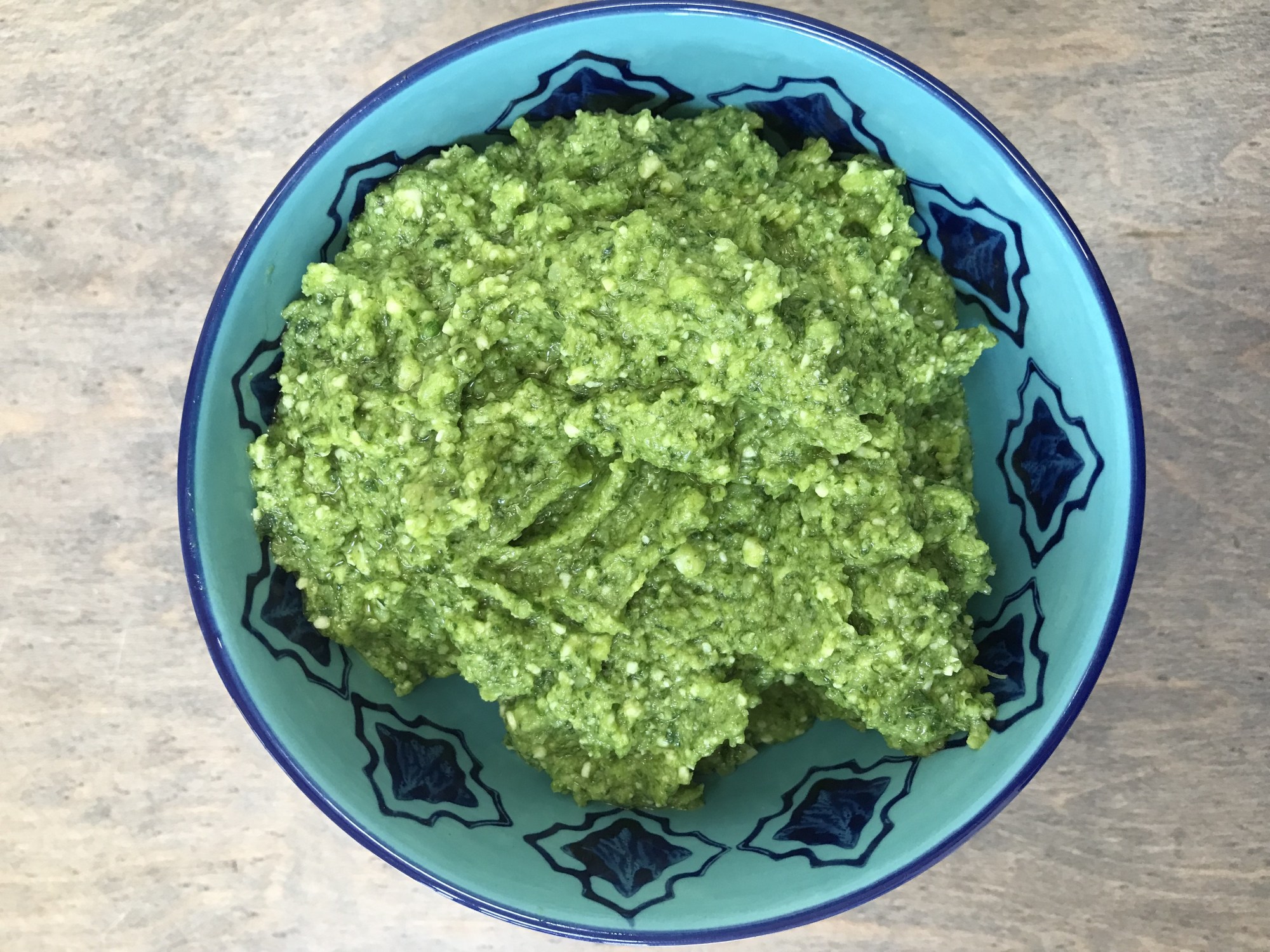
Ingredients
- 2 cups broccoli florets
- 1-2 small garlic cloves depending on how spicy you want your pesto!
- 1 cup lightly packed basil leaves
- ½ cup grated Romano cheese
- ⅓ cup extra virgin olive oil
- Squeeze of a ¼ lemon
- Pinch of salt to taste
Instructions
- Steam the broccoli first using a steamer basket for 6-7 minutes, or until soft but still bright green. Drain well.
- In a large food processor, add the steamed broccoli, garlic, basil, cheese, and lemon juice. Process until well blended.
- Pour the olive oil into the pesto in a slow stream until well mixed and desired texture reached.
- Taste and add salt as needed.
- Store in the refrigerator. Serve warm or chilled.







